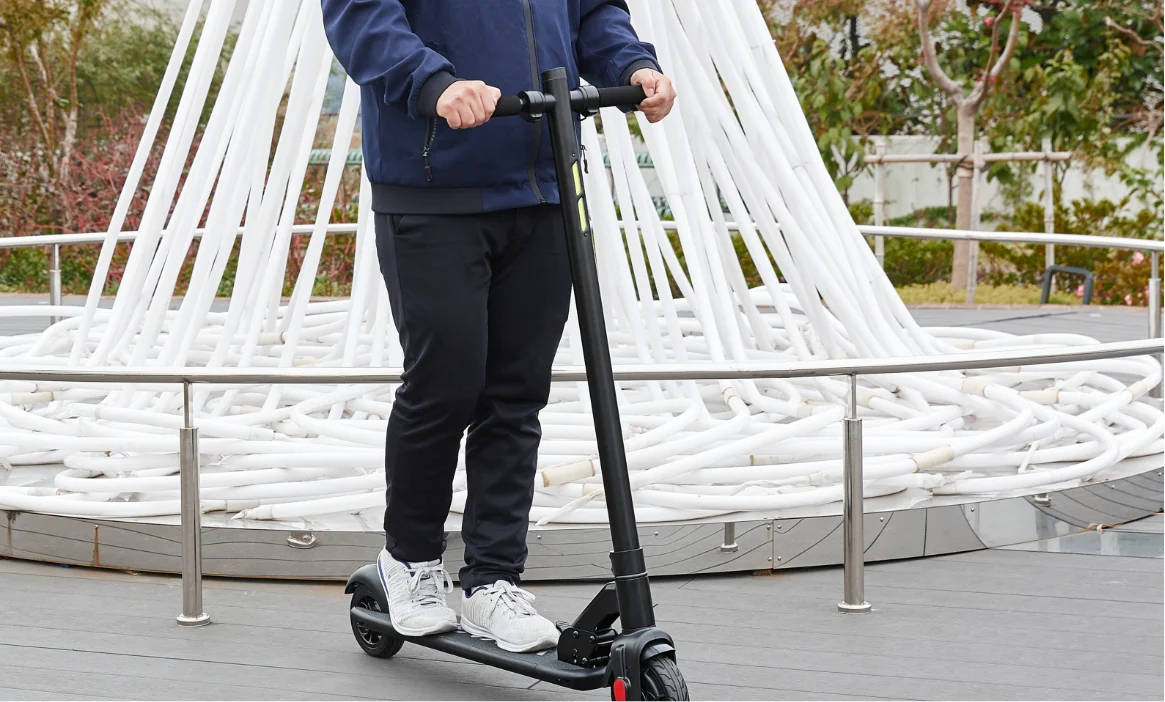I. Introduction
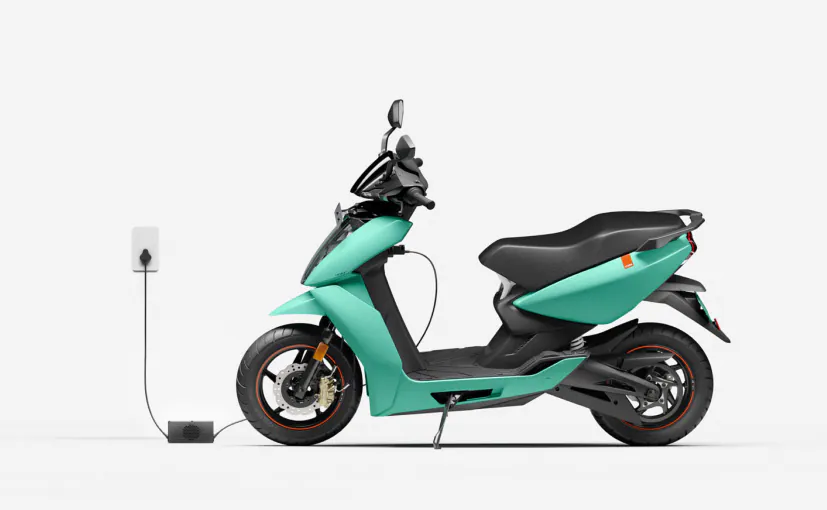
In today’s fast-paced world, electric scooters have become increasingly popular as an alternative mode of transportation. They offer convenience, cost-effectiveness, and an eco-friendly way to get around. However, just like any other electronic device, electric scooters can encounter problems that prevent them from turning on or charging. In this blog post, we will explore the importance of addressing these issues, as well as provide a brief overview of potential causes and solutions.
II. Common Causes of Electric Scooter Not Turning On
A. Battery Related Issues
One of the most common causes of an electric scooter not turning on is battery depletion. Like any other battery-powered device, electric scooters require a fully charged battery to function properly. If the battery is completely drained, the scooter may not turn on at all.
- Battery Depletion
Symptoms of a drained battery include dim or unlit LED indicators, lack of response when pressing the power button, and a complete inability to turn on the scooter. To address this issue, start by checking the battery level. If it is low or empty, plug the scooter into a charger and allow it to charge for a sufficient amount of time.
- Troubleshooting steps (checking battery level, charging port connection)
Before assuming that the battery is the problem, it’s essential to ensure that the charging port connection is secure. Make sure the charger is properly plugged into the electric scooter and that there are no loose connections or debris obstructing the charging port. Additionally, some electric scooters have a separate power switch on the charging port, so make sure it is turned on.
B. Electrical Component Problems
Aside from battery-related issues, various electrical components within the electric scooter could also cause it not to turn on.
- Loose Connections
An electric scooter consists of multiple electrical connections, including the power switch, wiring, and circuit board. If any of these connections become loose or damaged, the scooter may fail to turn on. To identify loose connections, carefully inspect the scooter for any loose screws, disconnected wires, or damaged circuit boards. Tighten any loose screws and reconnect any disconnected wires. If there is visible damage to the circuit board, it may need to be replaced.
- Malfunctioning Power Switch
The power switch is responsible for controlling the flow of electricity to the electric scooter. If it becomes faulty, it can result in the scooter not turning on. Signs of a faulty power switch include a lack of response when pressing the power button or an inconsistent connection. Depending on the specific electric scooter model, you may be able to replace or repair the power switch.
III. Electric Scooter Not Charging
A. Charging Port Issues
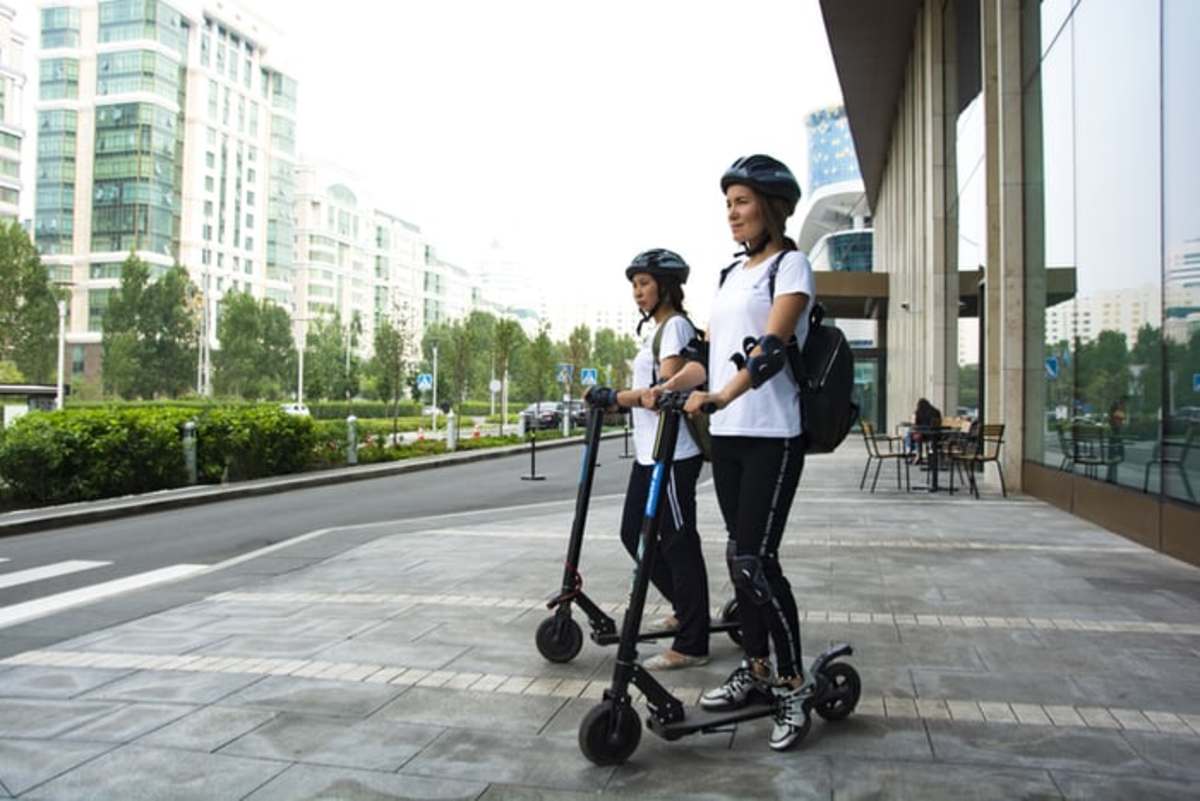
One of the frustrations that electric scooter owners may encounter is when their scooter fails to charge properly. This can be a result of charging port issues.
- Loose Charging Port Connection
A loose connection between the charging port and the charger can prevent the electric scooter from charging. To address this issue, ensure a secure connection between the charging port and the charger. Make sure that the charger is fully plugged into the charging port and that there are no loose or unstable connections. Additionally, check for any damaged pins or debris inside the charging port that could hinder the charging process.
- Damaged Charging Port
If the charging port itself is damaged, it will need to be replaced or repaired. Signs of a damaged charging port include a loose or wobbly connection, a visibly broken or bent connector, or a lack of response when plugging in the charger. In such cases, it’s best to consult a professional or contact the scooter manufacturer for guidance on replacing or repairing the charging port.
B. Battery Malfunctions
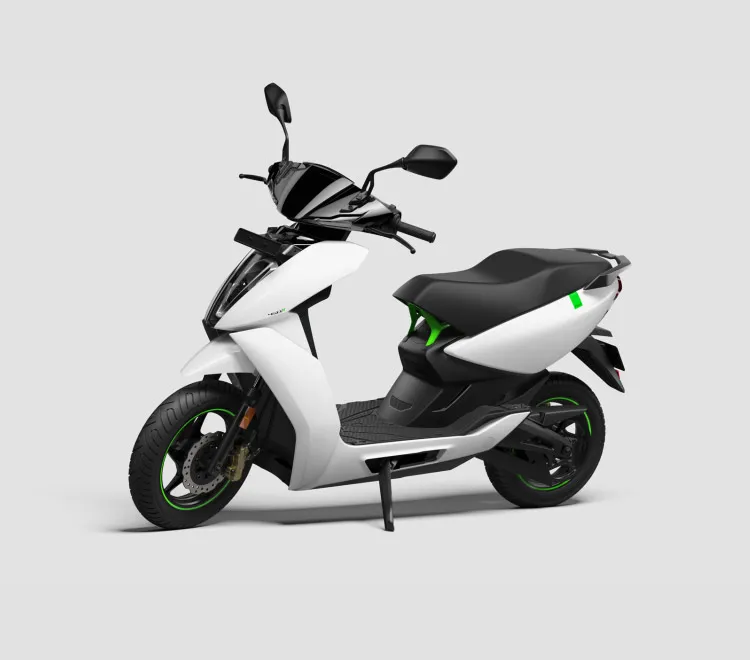
Another common cause of an electric scooter not charging is battery malfunctions. The battery is a critical component of the scooter, and various issues can arise.
- Battery Overheating
Batteries can overheat due to a range of factors, such as overcharging, high ambient temperatures, or a faulty battery. Overheating can lead to reduced battery life, performance issues, and even safety hazards. To prevent battery overheating, avoid overcharging the scooter, especially for extended periods. Additionally, keep the scooter in a cool and well-ventilated area when not in use. If you notice signs of overheating, such as excessive heat or a swollen battery, immediately disconnect the charger and seek professional assistance.
- Battery BMS Failure
The Battery Management System (BMS) is responsible for regulating and monitoring the battery’s performance. If the BMS fails, it can prevent the battery from charging properly. Symptoms of BMS failure include irregular charging behavior, sudden power loss during use, or incorrect battery level readings. In such cases, replacing the BMS may be necessary. Consult a professional or the scooter manufacturer for guidance on replacing the BMS or seeking professional repairs.
IV. Additional Troubleshooting Steps
A. Inspecting Wiring and Cables
In addition to the previous causes, issues with the wiring and cables of an electric scooter can also lead to problems with turning on or charging.
- Checking for damaged or frayed wires
Carefully inspect the wiring throughout the scooter for any signs of damage or fraying. Damaged wires can disrupt the flow of electricity and prevent the scooter from functioning properly. If you notice any damaged wires, it’s essential to either repair or replace them. Make sure to follow proper safety precautions and consult a professional if needed.
- Testing cable connections
Sometimes, the issue might be as simple as loose or disconnected cables. Check all the cable connections inside the scooter, such as those connecting the battery, charger, and power switch. Ensure that they are securely plugged in and that there are no loose or damaged connectors. Reconnecting any loose cables may resolve the issue.
B. Resetting the Scooter
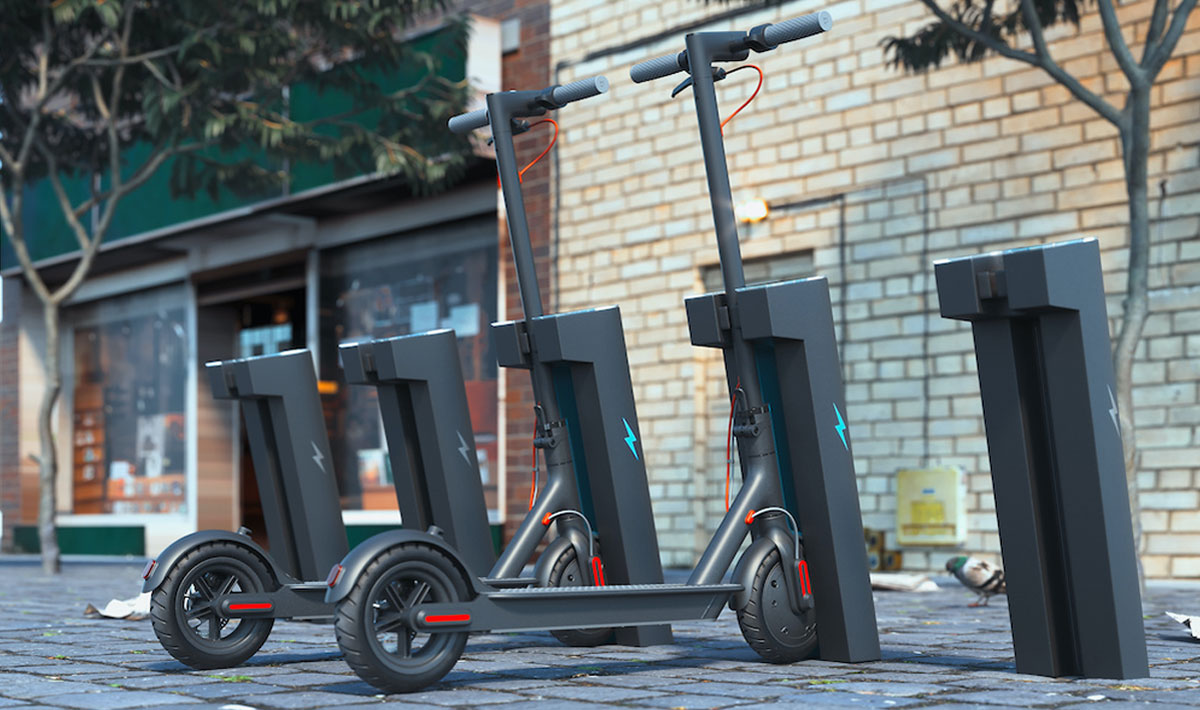
If you have inspected all the potential physical causes and the scooter still refuses to turn on or charge, a reset might be necessary.
- Performing a scooter reset
A scooter reset can help resolve certain software or firmware issues that might be hindering the scooter’s performance. To perform a reset, locate the reset button on your scooter (typically found near the charging port) and press and hold it for a few seconds. This will reboot the scooter and allow it to start fresh.
- Steps for a factory reset
If a regular reset doesn’t solve the problem, you might need to perform a factory reset. However, keep in mind that a factory reset will erase any customized settings or stored data on your scooter. The steps to perform a factory reset will vary depending on the scooter model, so refer to the user manual or contact the manufacturer for specific instructions.
V. Seeking Professional Help
Despite your best efforts and troubleshooting attempts, there may be instances where it is best to seek professional help for your electric scooter.
A. When to Consult a Technician
- Complex electrical issues
If you are unable to identify or resolve the issue on your own, it’s advisable to consult a professional technician. Complex electrical problems may require specialized knowledge and equipment to diagnose and fix.
- Warranty coverage considerations
If your electric scooter is still under warranty, it’s worth considering seeking professional help from an authorized service center. Attempting repairs on your own could void the warranty coverage. Contact the scooter manufacturer or refer to the warranty documentation for guidance on authorized service providers.
Remember, the safety of you and your scooter should always be the top priority. If you are unsure about any repairs or troubleshooting steps, it is best to consult a professional for assistance. They will have the expertise and experience to properly diagnose and resolve the issue with your electric scooter.
